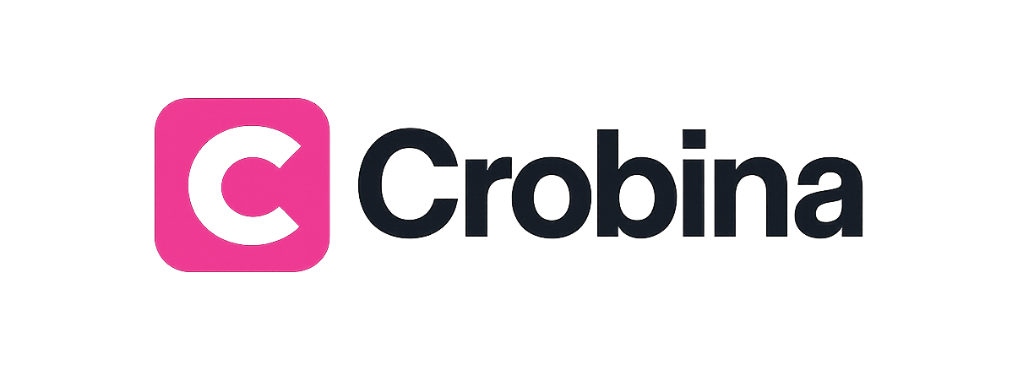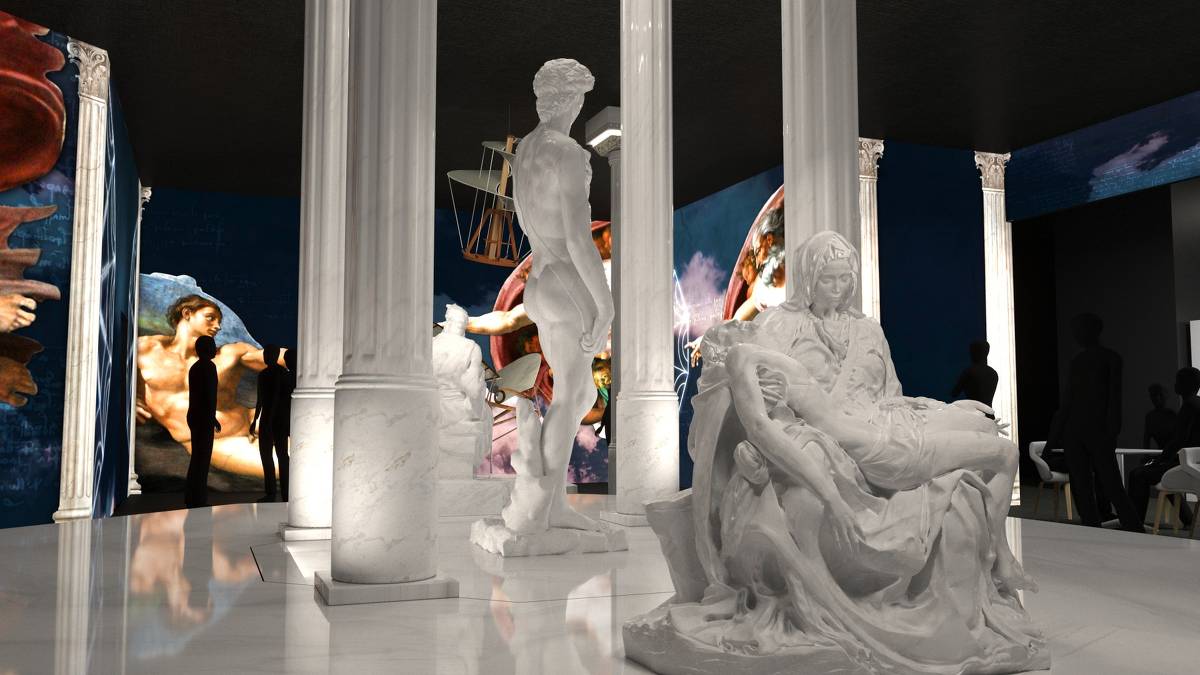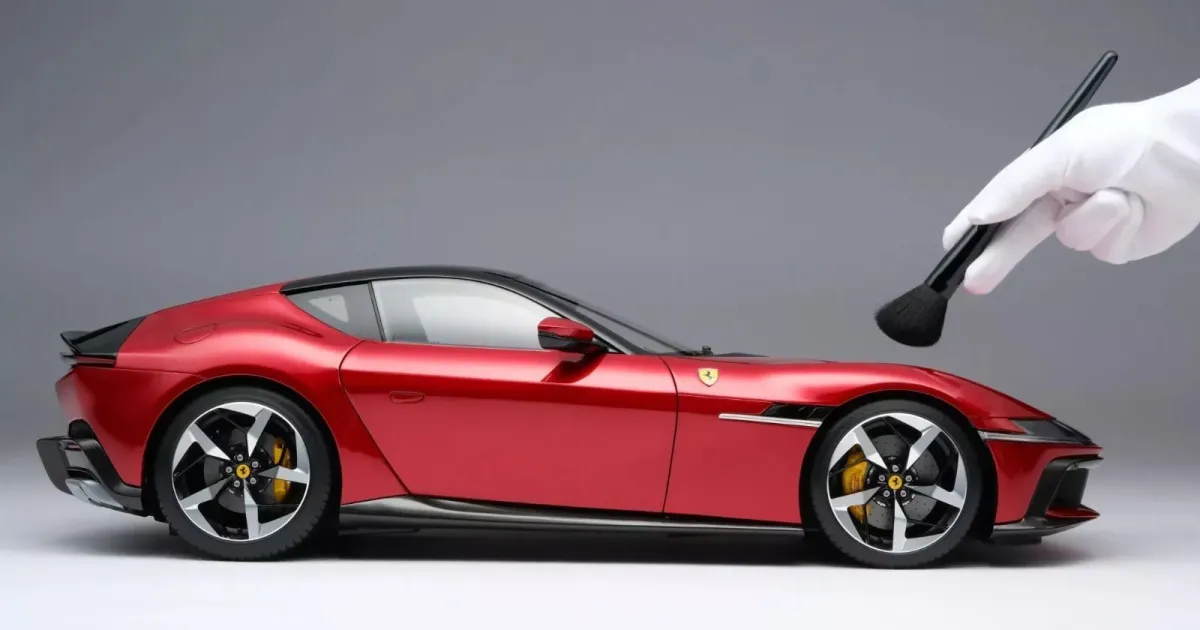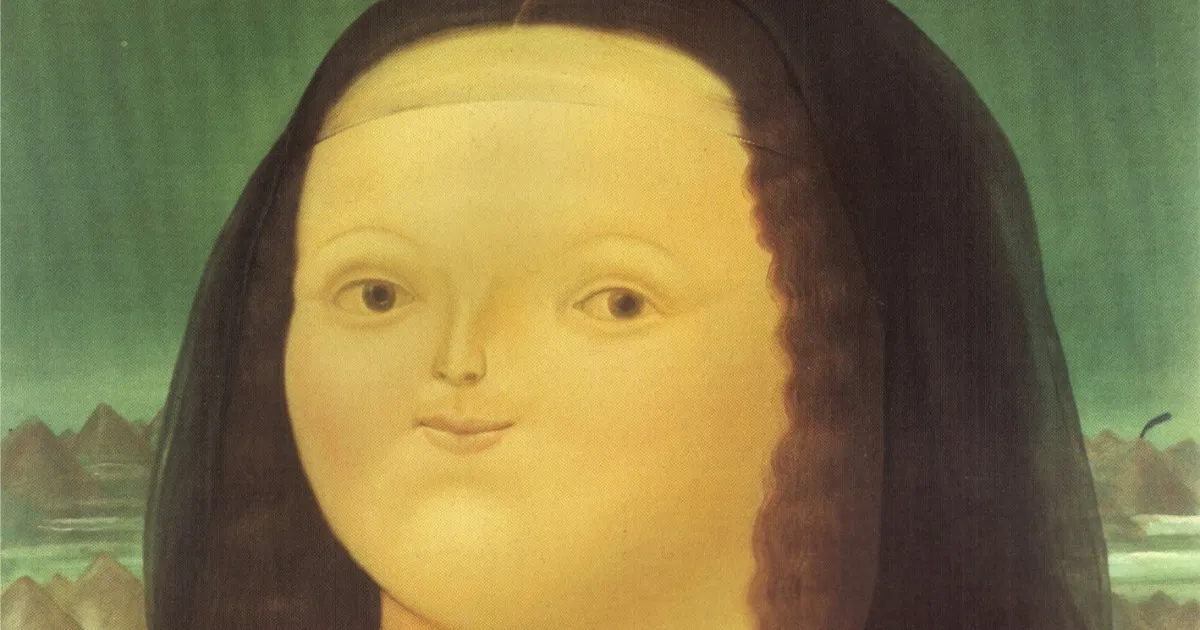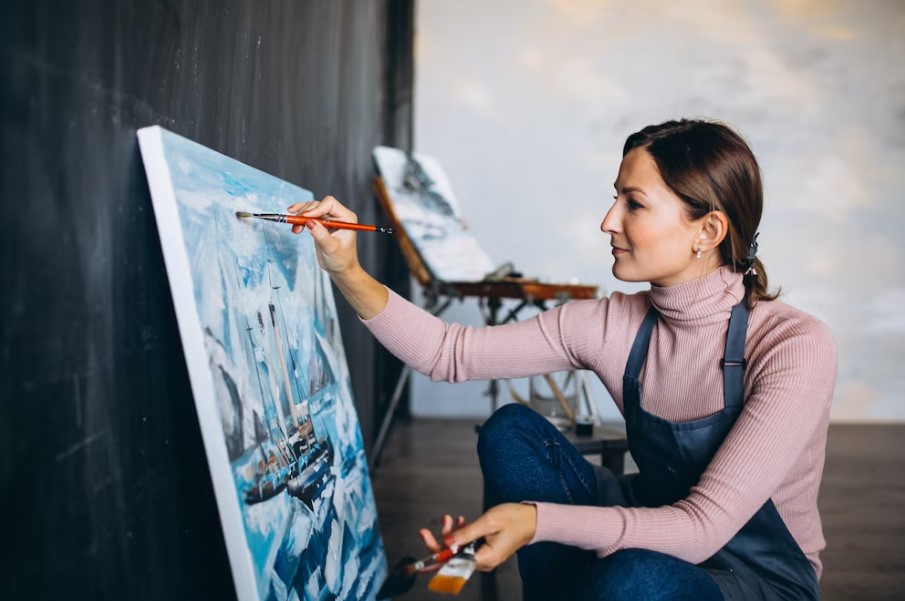Building a thriving creative practice requires more than inspiration—it demands systematic approaches that transform sporadic bursts of productivity into reliable, consistent output that sustains long-term artistic growth.
🎨 The Foundation: Why Studio Practices Matter More Than Talent
Many creatives believe that talent alone determines success, but the reality is far different. Professional artists, designers, writers, and musicians who maintain prolific careers share one common trait: they’ve developed robust studio practices that carry them through periods of low motivation, creative blocks, and external challenges.
Studio practices are the structural systems, routines, and workflows that support your creative work. They’re the invisible architecture behind every consistent creator’s output. Without these frameworks, even the most talented individuals struggle to produce work regularly, meet deadlines, or develop their skills systematically.
The difference between amateur and professional creatives often isn’t skill level—it’s the presence of reliable systems. Professionals show up regardless of inspiration because they’ve built practices that reduce friction, eliminate decision fatigue, and create momentum even on difficult days.
Creating Your Sacred Creative Space 🏠
Your physical environment profoundly influences creative output. The concept of a “studio” doesn’t require expensive equipment or dedicated rooms—it requires intentional space design that signals to your brain that creative work happens here.
Whether you’re working in a corner of your bedroom, a shared kitchen table, or a purpose-built studio, establishing boundaries and rituals around your space creates psychological triggers that facilitate creative flow. This means keeping your materials organized, maintaining cleanliness, and eliminating distractions that fragment attention.
Environmental Optimization Strategies
Control lighting to match your creative needs—bright, natural light for visual work; softer, warmer tones for reflective practices. Temperature matters more than most realize; studies show cognitive performance peaks between 68-72°F (20-22°C).
Sound design your environment intentionally. Some creators thrive in silence, others need ambient noise or specific music. Experiment systematically to discover what genuinely enhances your focus rather than what you assume works.
Ergonomics aren’t optional for sustained creative practice. Poor posture and uncomfortable workspaces create physical barriers that drain energy and shorten productive sessions. Invest appropriately in chairs, desk height, and screen positioning to support extended creative sessions.
⏰ Time Architecture: Structuring Your Creative Days
Consistent output emerges from consistent practice, and consistent practice requires deliberate time management. This doesn’t mean rigid schedules that eliminate spontaneity—it means creating temporal containers that protect your creative work from the thousand small demands that fragment attention.
The most effective studio practice involves time-blocking: dedicating specific, non-negotiable periods exclusively to creative work. These blocks should align with your natural energy cycles. Track your energy levels throughout several weeks to identify when you’re most mentally sharp, emotionally stable, and physically energized.
The Power of Micro-Sessions
While deep, extended creative sessions are valuable, don’t underestimate the cumulative power of shorter, focused work periods. Twenty-minute sessions practiced daily often produce more consistent results than sporadic four-hour marathons.
This approach works because it reduces the psychological resistance to starting. It’s easier to commit to twenty minutes than to clear an entire afternoon. These micro-sessions also prevent burnout and maintain creative freshness across projects.
Consider implementing the Pomodoro Technique or similar interval-based methods. Work for focused periods (typically 25-50 minutes), followed by brief breaks. This rhythm prevents mental fatigue while maintaining momentum throughout your creative day.
Ritual and Routine: Your Creative Operating System 🔄
Rituals serve as psychological switches that transition your mind from everyday consciousness into creative mode. They reduce the activation energy required to begin work and create consistency that compounds over time.
Effective creative rituals are simple, repeatable, and personally meaningful. They might include making specific beverages, arranging materials in particular ways, performing brief meditation or stretching, or reviewing previous work before starting new projects.
The key is consistency. Performing the same sequence before creative work trains your nervous system to associate these actions with creative states. Over weeks and months, these rituals become increasingly powerful triggers that facilitate flow states more reliably.
Morning vs. Evening Practices
Your creative practice timing should reflect your chronotype—your natural circadian rhythm preferences. Morning people (larks) often experience peak creativity shortly after waking, while evening people (owls) may find their creative sweet spot later in the day.
Morning creative practices benefit from mental freshness and fewer interruptions. The mind hasn’t yet accumulated the day’s cognitive load, making it easier to access deep focus and original thinking.
Evening practices can leverage the day’s accumulated experiences and observations. Some creators find that their subconscious processes ideas throughout the day, making evening sessions particularly productive for synthesis and integration.
📊 Tracking Progress Without Killing Creativity
What gets measured gets managed, but excessive tracking can transform joyful creation into mechanical obligation. The goal is finding metrics that inform without constraining, that reveal patterns without becoming punitive.
Simple tracking methods work best. Consider monitoring basic metrics like time spent creating, projects completed, or pages/pieces produced. These concrete measures provide accountability without requiring complex systems.
Weekly reviews create space for reflection without constant self-monitoring. Every seven days, assess what worked, what didn’t, and what adjustments might improve the coming week. This rhythm provides enough data to identify trends without the burden of daily analysis.
Qualitative Self-Assessment
Beyond quantitative metrics, regularly assess how you feel about your creative work. Are you experiencing growth? Do projects feel progressively easier or more complex in satisfying ways? Is your unique voice becoming clearer?
These subjective evaluations matter because creative satisfaction ultimately drives sustained practice. You can hit every productivity metric while still feeling creatively unfulfilled—a state that inevitably leads to burnout or abandonment.
Managing Creative Energy, Not Just Time ⚡
Time management dominates productivity discussions, but energy management proves more critical for creative work. You might have four hours available, but if you’re mentally exhausted, physically depleted, or emotionally drained, those hours won’t yield quality output.
Creative energy has multiple dimensions: physical vitality, mental clarity, emotional stability, and spiritual alignment. Sustainable studio practices address all these dimensions rather than focusing exclusively on scheduling.
Physical energy management includes obvious factors like sleep, nutrition, and exercise, plus less obvious elements like hydration, natural light exposure, and movement breaks. Small interventions in these areas often produce disproportionate improvements in creative capacity.
Mental and Emotional Reserves
Mental energy depletes through decision-making, problem-solving, and concentration. Protect it by reducing unnecessary decisions (like what to wear or eat), automating routine tasks, and designing your studio practice to minimize friction and choice.
Emotional energy requires particular attention for creatives because making art inherently involves vulnerability. Practices like journaling, therapy, meaningful relationships, and boundary-setting preserve emotional resources for creative work rather than interpersonal drama or internal conflict.
🚧 Overcoming Resistance and Creative Blocks
Even with optimal studio practices, resistance appears. Steven Pressfield calls this “The Resistance”—the internal force that prevents creative work. Understanding that resistance is universal and predictable helps you develop strategies to work through it.
The most effective approach to resistance is showing up anyway. Not waiting for inspiration, not requiring perfect conditions, not demanding that the work be brilliant. Simply beginning, even poorly, creates momentum that often dissolves initial resistance.
Lower the stakes for starting. Give yourself permission to create badly, to experiment without attachment, to explore without immediate objectives. This psychological freedom paradoxically often produces better work than perfectionist approaches.
When Blocks Persist
Sometimes resistance signals legitimate issues requiring attention. Persistent creative blocks may indicate exhaustion, misalignment with your true creative interests, or unresolved emotional material demanding processing.
In these situations, forcing production often proves counterproductive. Instead, shift to different creative activities, engage in deliberately playful experimentation, or take intentional breaks that include reflection about what the block might be communicating.
Collaboration and Community in Studio Practice 👥
While studio practice often emphasizes solitary work, social dimensions significantly impact consistency and quality. Regular interaction with other creatives provides accountability, perspective, inspiration, and practical support.
Consider establishing accountability partnerships where you and another creative check in regularly about goals, challenges, and progress. These relationships work best when both parties are genuinely committed to supporting each other rather than competing.
Critique groups, online communities, and creative workshops expose you to diverse approaches, challenge assumptions, and prevent the isolation that can narrow your creative vision. Balance solitary practice with strategic social engagement.
🛠️ Tools and Technology: Servants, Not Masters
The digital age offers unprecedented creative tools, but technology can easily become a distraction or procrastination mechanism. Effective studio practice means selecting tools strategically and using them intentionally.
Evaluate tools based on whether they genuinely facilitate your creative process or merely create the appearance of productivity. The most sophisticated software matters little if simpler tools better serve your actual needs.
Establish clear boundaries with technology. Disable notifications during creative work, use website blockers to prevent distraction, and consider analog alternatives when digital tools create more complexity than value.
Essential vs. Optional Technology
Distinguish between technology that’s essential for your creative practice and tools that are merely nice to have. This prevents the endless upgrade cycle that drains financial resources and mental energy without improving output.
Master your essential tools completely rather than superficially learning many applications. Deep knowledge of fewer tools typically produces better results than surface-level familiarity with extensive software libraries.
Sustaining Momentum Through Seasons and Cycles 🌱
Creative output naturally fluctuates across different life seasons, energy levels, and project phases. Sustainable studio practices accommodate these variations rather than demanding constant peak performance.
Design your practice with flexibility that allows adjustment without abandonment. During high-energy periods, lean into intensive production. During low-energy phases, focus on maintenance activities like organizing materials, studying other creators’ work, or planning future projects.
This cyclical approach prevents burnout while maintaining connection to your creative practice. Even minimal engagement during difficult periods preserves habits and makes returning to intensive work much easier than completely stopping and restarting.
💡 Refining Your Personal Creative Method
The most effective studio practice is deeply personal, reflecting your unique creative process, energy patterns, and life circumstances. While learning from others’ systems provides valuable starting points, true mastery requires customization and experimentation.
Approach studio practice development as an ongoing experiment. Try different techniques for sufficient periods to evaluate them fairly, then keep what serves you and discard what doesn’t. This iterative refinement process gradually reveals your optimal creative operating system.
Document what works. When you experience particularly productive periods, reflect on the contributing factors. What time did you work? What was your energy level? What preparation preceded the session? What environmental factors were present? These observations become data for optimizing future practice.
The Compounding Effect of Consistent Practice 📈
Small, consistent actions compound dramatically over time. Working thirty minutes daily produces vastly more than sporadic eight-hour sessions, not just mathematically but through the skill development, momentum maintenance, and psychological benefits that consistency provides.
This compounding effect extends beyond quantity to quality. Regular practice develops technical skills, deepens creative intuition, and strengthens the psychological muscles required for sustained creative work. Each session makes subsequent sessions slightly easier and more productive.
The challenge is that compounding benefits aren’t immediately visible. The first weeks and months of consistent practice may feel unremarkable, but the cumulative effect over years transforms capabilities completely. Trust the process during these early phases when results don’t yet reflect your effort.
Building Your Creative Legacy Through Daily Dedication 🎯
Ultimately, mastering studio practices isn’t about productivity hacks or efficiency optimization—it’s about building a sustainable creative life that allows you to contribute your unique gifts consistently over decades.
This long-term perspective shifts how you approach daily practice. Each session becomes less about immediate results and more about maintaining the larger trajectory of your creative development. This reduces pressure while paradoxically often improving the work itself.
Your studio practice is your creative legacy in action. Every time you show up, work through resistance, experiment with new approaches, or push slightly beyond your current capabilities, you’re investing in the body of work that will represent your creative contribution.
The path to consistent creative output isn’t mysterious or reserved for the specially talented. It’s built through deliberate studio practices that honor both the craft and the creator—systems that are rigorous enough to produce results yet flexible enough to sustain joy across the inevitable challenges of a creative life.
Toni Santos is a visual chronicler and historical researcher who explores the lost language of healing through forgotten instruments and ancient medical design. With a delicate blend of curiosity and reverence, Toni uncovers the mysterious tools once used in temples, apothecaries, and folk practices—objects that echo a time when healing was both art and ritual.
Rooted in a fascination with the intersection of medicine, myth, and craftsmanship, his work traces how past civilizations understood the body, spirit, and cosmos through tools now obscured by time. From vibrational tuning forks and herbal infusion vessels to symbolic scalpels carved with protective motifs, Toni’s visual storytelling gives new life to the technologies that once held deep cultural and curative power.
With a background in historical illustration and material culture, Toni reconstructs these instruments with artistic precision—offering not just images, but narratives that reveal the beliefs, fears, and hopes embedded in the tools of care.
As the visionary behind Vizovex, Toni shares curated archives, interpretive essays, and artifact-inspired artworks that help audiences reconnect with the ancestral roots of healing and the poetic devices once used to restore balance.
His work is a tribute to:
The craftsmanship of early healing technologies
The spiritual symbolism behind medical instruments
The intimate connection between body, tool, and ritual
Whether you’re an enthusiast of forgotten sciences, a student of holistic traditions, or a seeker of the obscure, Toni welcomes you into a world where healing was sacred, and every tool told a story—one wound, one charm, one cure at a time.
